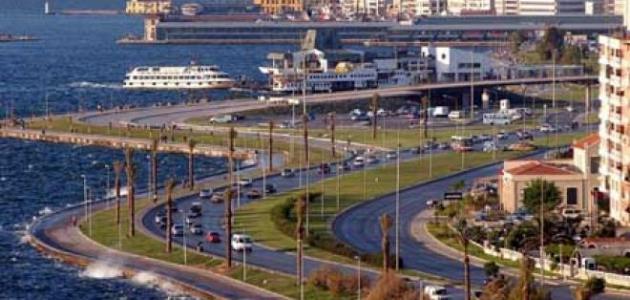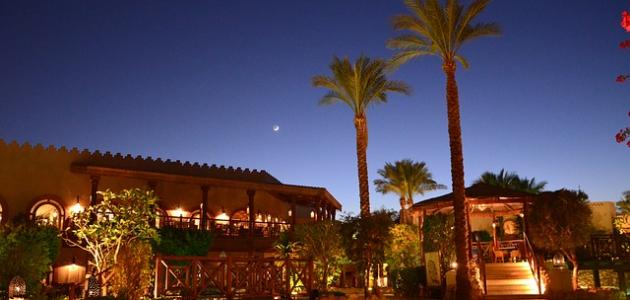Table of Contents
Baghdad
The Iraqi Republic takes Baghdad as its capital, and it is also the administrative capital of Baghdad Governorate. The city ranks first at the level of Iraq and the second at the level of the Arab world after Cairo in terms of population, with a population of about 8,05,172 people in 2015, with a density of Population estimated at 11614 inhabitants / km2.
The lines of history reveal the extent of the city’s originality and ancientity, and its construction date dates back to the eighth century where the Abbasid caliph al-Mansur reigned, and its importance was derived from the fact that it is the capital of the Abbasid state at that time, a center of science and a meeting place for scholars, but its geographical importance is gained by virtue of its geographical location, which provided it with an abundance of water And its proximity to the Tigris River.
Geography of Baghdad
Baghdad occupies a space extending to 4,555 km2 in the heart of the central region of Iraq, specifically between latitude 33 and longitude 44 over the Tigris River, and separates it from the city of Basra in the south at a distance of 445 km, while it is away from Mosul and Erbil by 350-320 km to the north.
With regard to the climate of Baghdad, it is affected by the desert climate prevailing in Iraq, and its summer is very dry. The highest temperatures are recorded during this season of the year, and it is indicated that this has led to severe dust storms during the recent period.
The economy of Baghdad
Baghdad occupies a prominent economic place in Iraq, as it is a major commercial center in it, and a link between a number of neighboring countries such as Turkey, Syria, India and Southeast Asia, in addition to that it is the headquarters of many factories and industrial workshops in the country.
The tourism sector plays an effective role in developing the city’s economy, as it attracts more than a million tourists annually before the blockade is imposed on it, and the agricultural sector also contributes to the development of its economy.
Of the landmarks of Baghdad
Al-Mustansiriya School
It is considered an ancient school and a scientific and cultural center of great importance; its establishment dates back to the year 1233 AD by order of the Abbasid Caliph Al-Mustansir Billah, and it occupies an area extending to 4836 m²; and it overlooks the shores of the Tigris River, adjacent to the caliphate.
The Mosque of the Caliphs
It is a heritage and historical mosque that was built during the historical period (902-908 AD) by the Caliph Ali Al-Muktafi Billah to be a mosque for Friday prayers, and it is mentioned that he carried the name of the mosque of the palace by virtue of its location to the east of the Hassani Palace;
Baghdad Tower
It has several names such as the Baghdad Tourist Tower or Al-Mamoun Tower, and Saddam International Tower, this tourist tower is located in the heart of the Yarmouk region to the west of Baghdad, with an altitude of up to 205 m, and the tower rises to the phrase (God is Great), and also contains a revolving restaurant, and its construction date is due to The year 1991 AD.
The Great Mosque of Imam
It is known as Abu Hanifa al-Numan mosque, which has an important historical place, as it is considered a mosque and a historical school since 1065 AD in the city, and it occupies a space in the northern part of Baghdad near Rusafa, and is surrounded by the Adhamiya region whose name is derived from it (the Great Mosque of Imam), and lies near Abu Hanifa al-Numan.
The Unknown Soldier Monument
This memorial landmark is located in the heart of Paradise Square, and came to embody the souls of the unknown soldiers who rose to Iraq, and its history dates back to the sixties of the last century by the architect Rifaat Al-Jadraji.
Republican Palace
The headquarters of the President of the Republic of Iraq, and the location for receiving important official delegations, occupies a site in the Karrada Mary neighborhood in Baghdad, specifically over the West Bank of the Karkh of the Tigris River.








